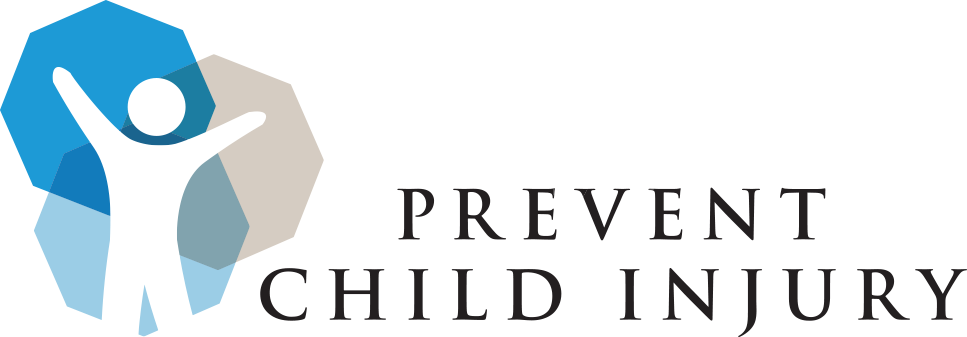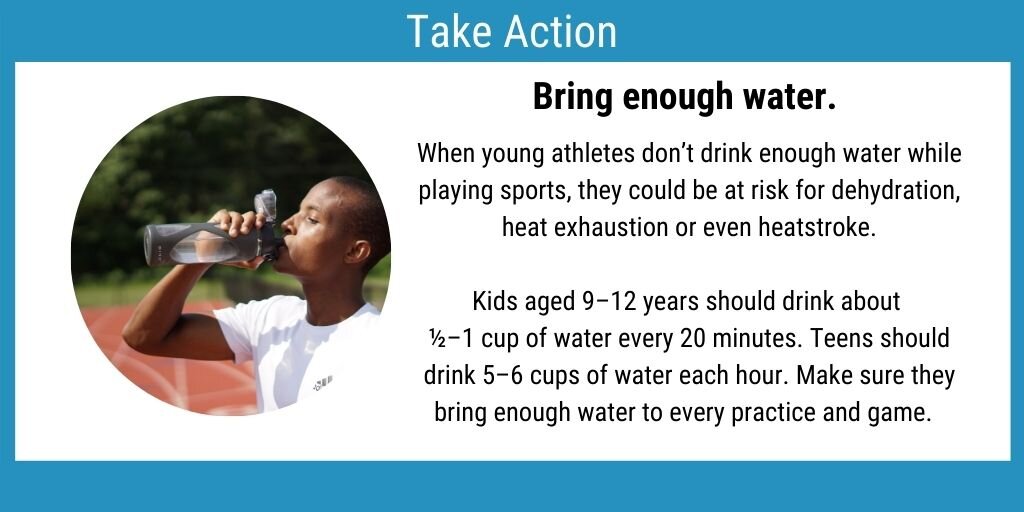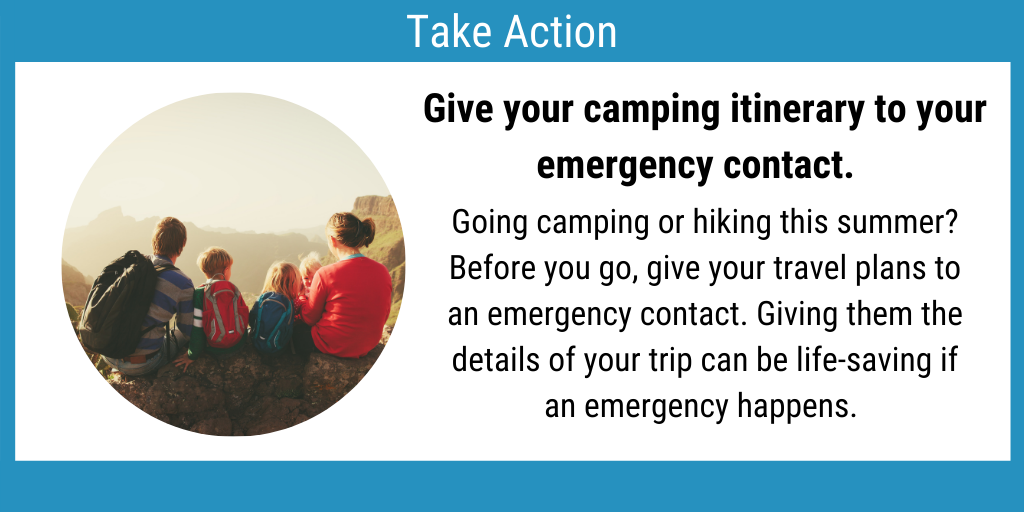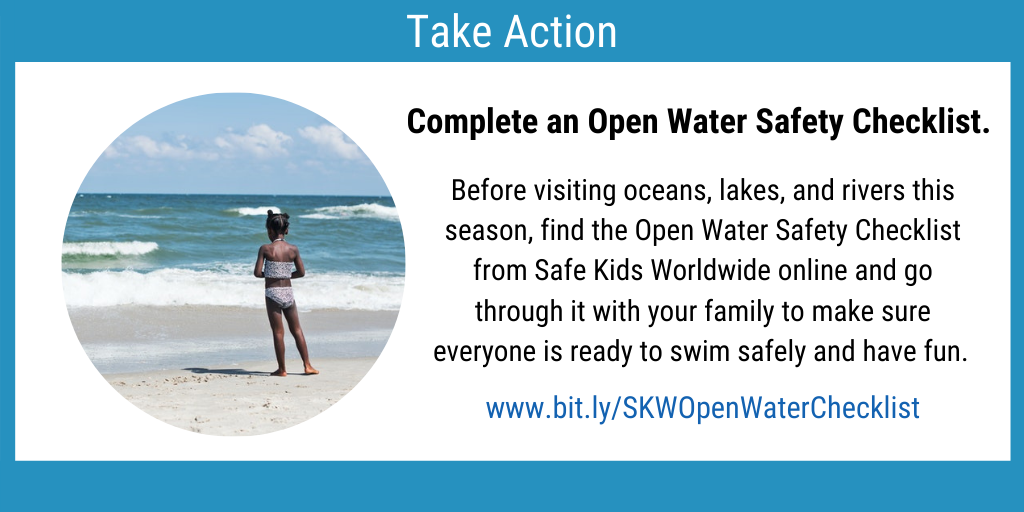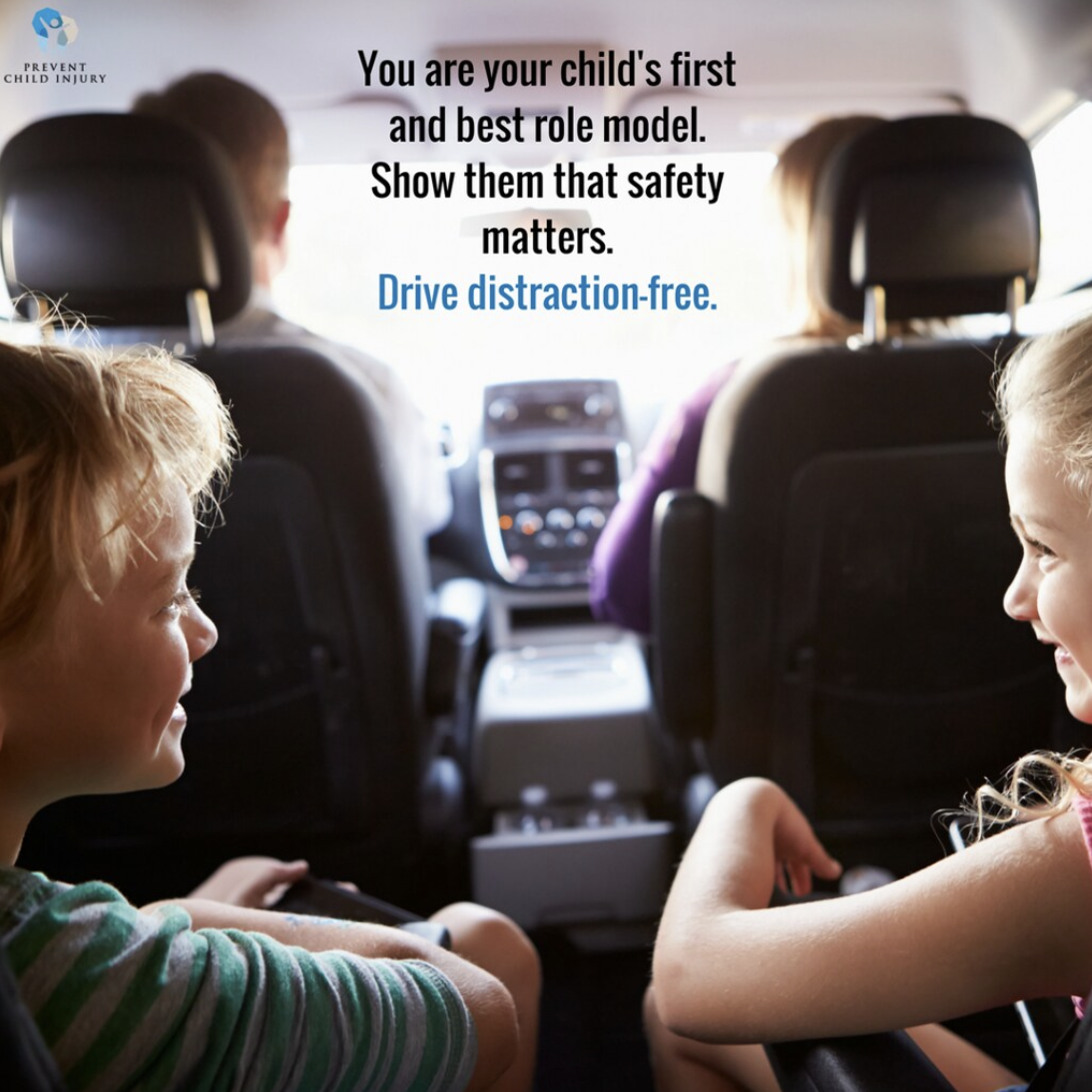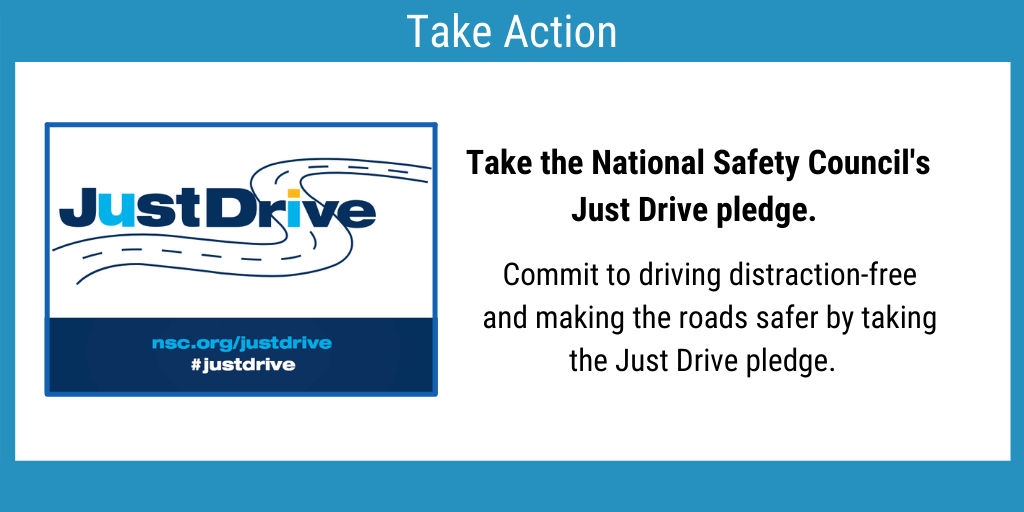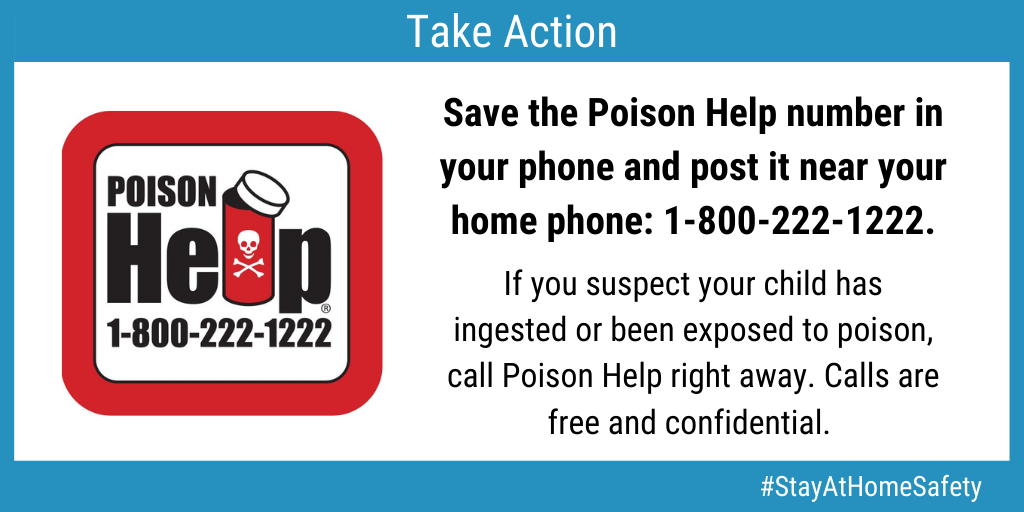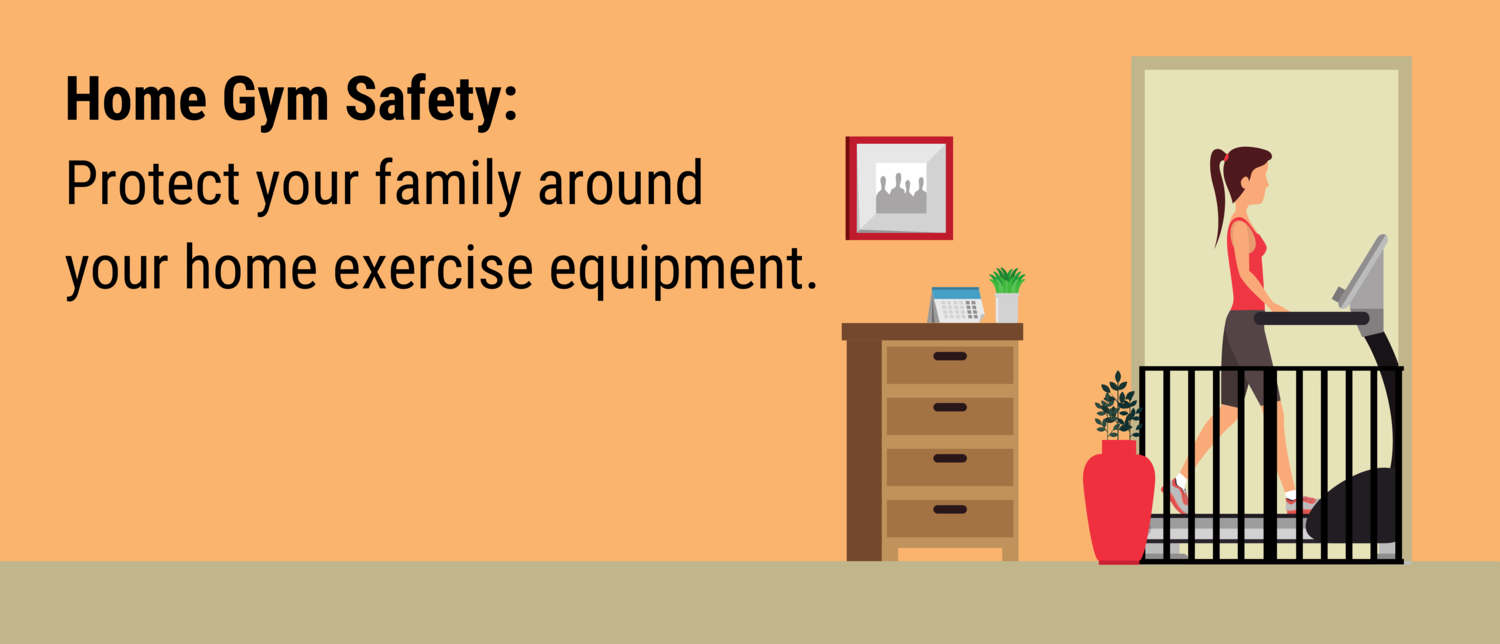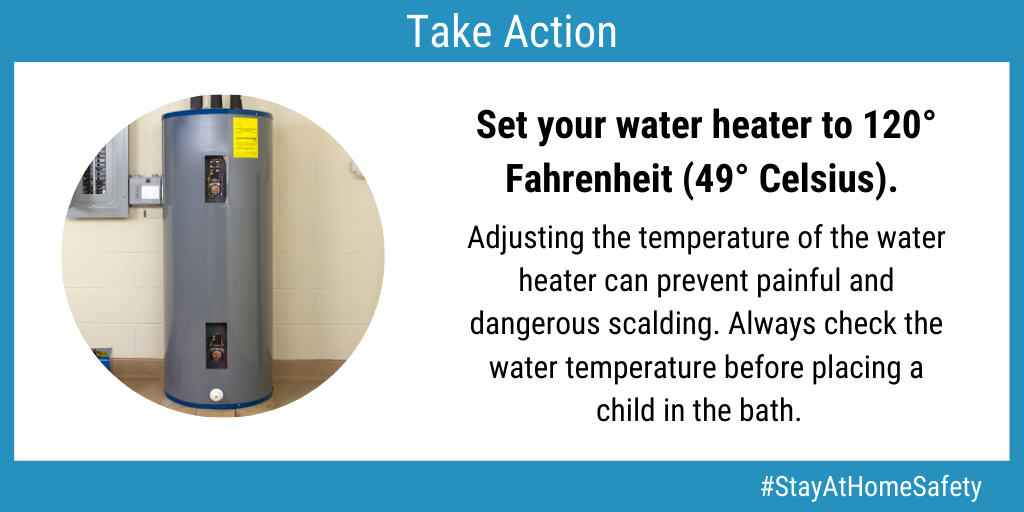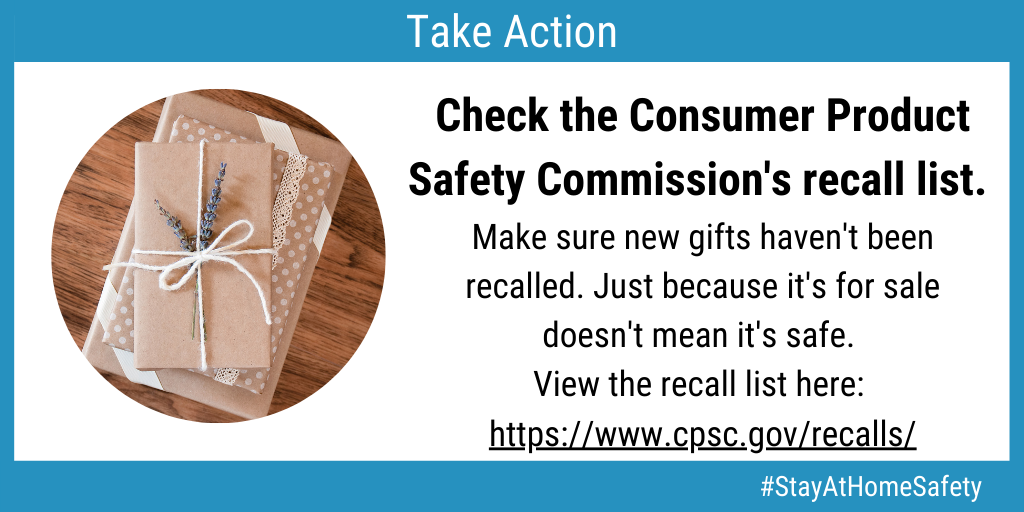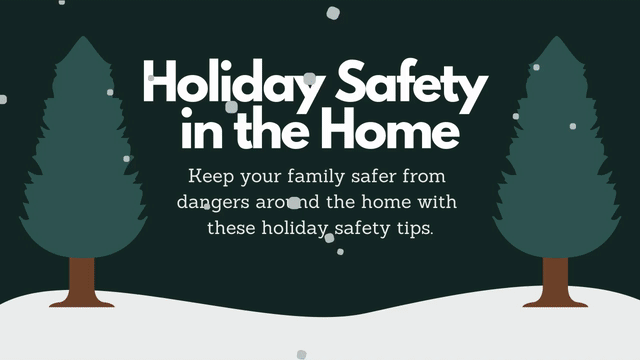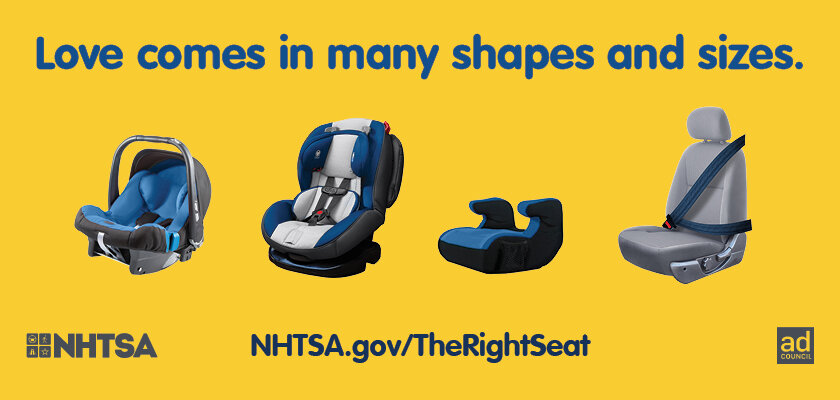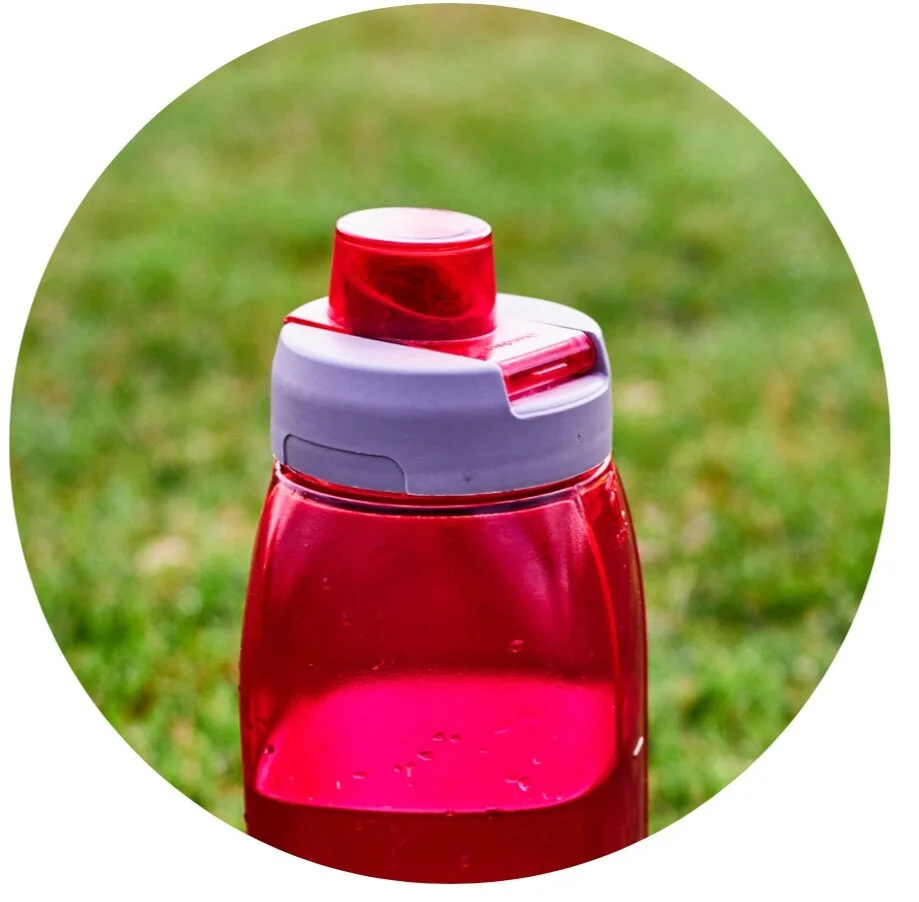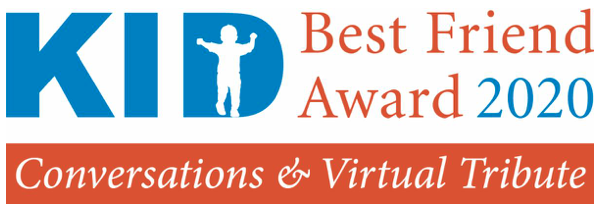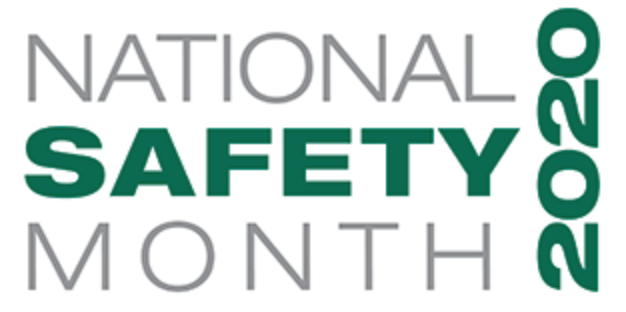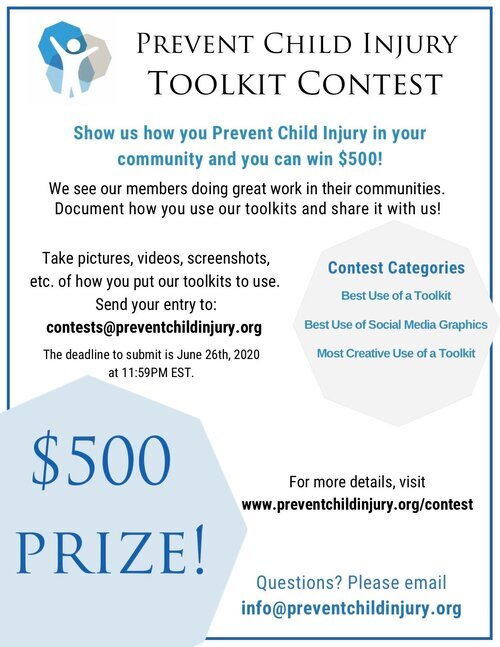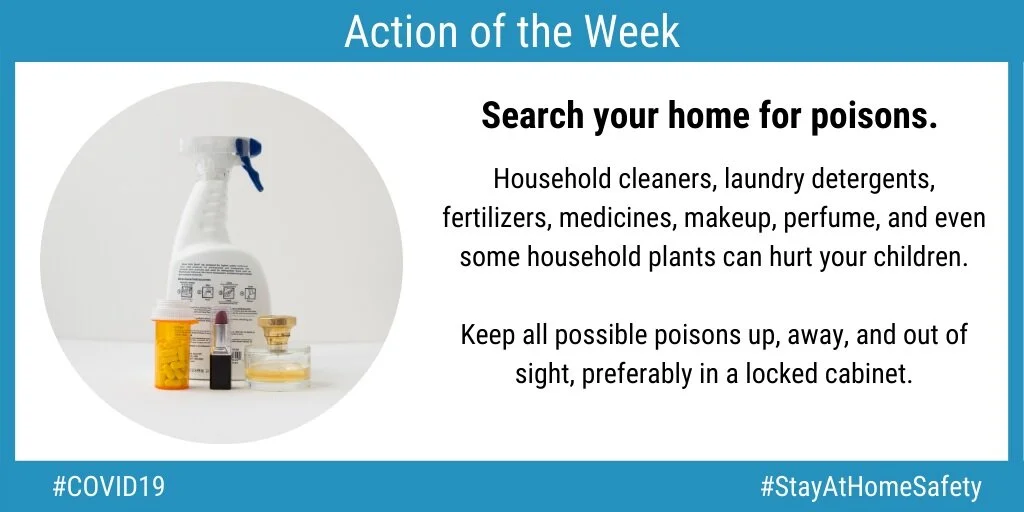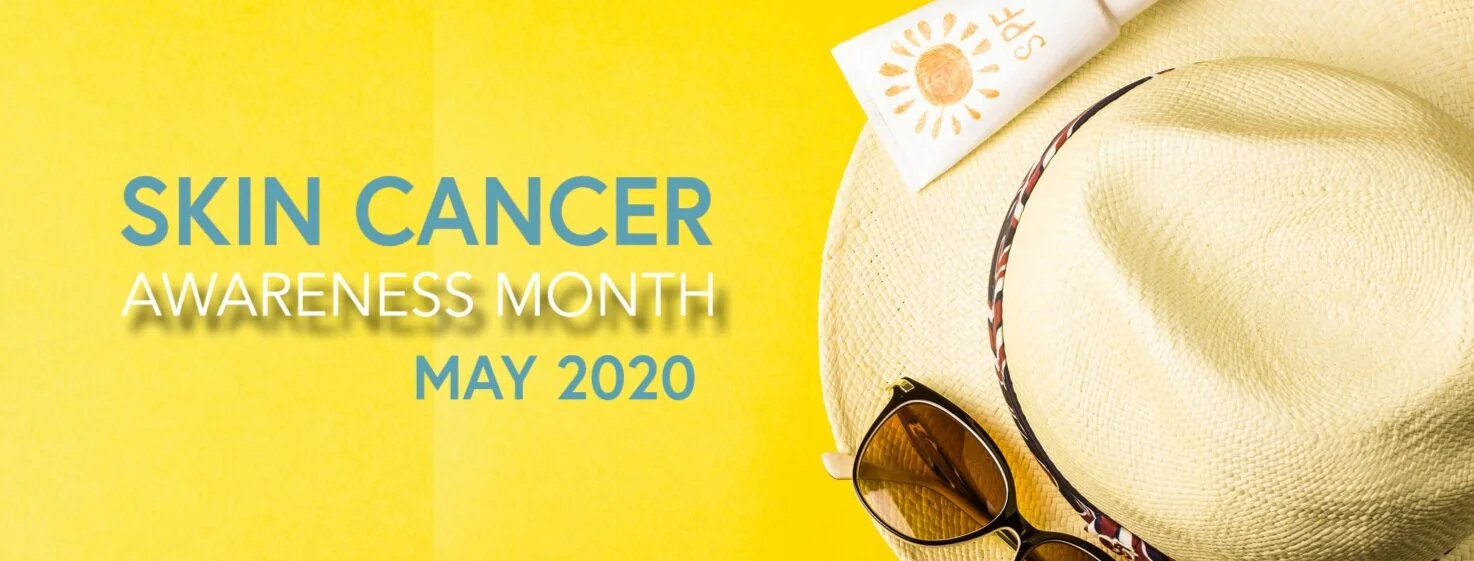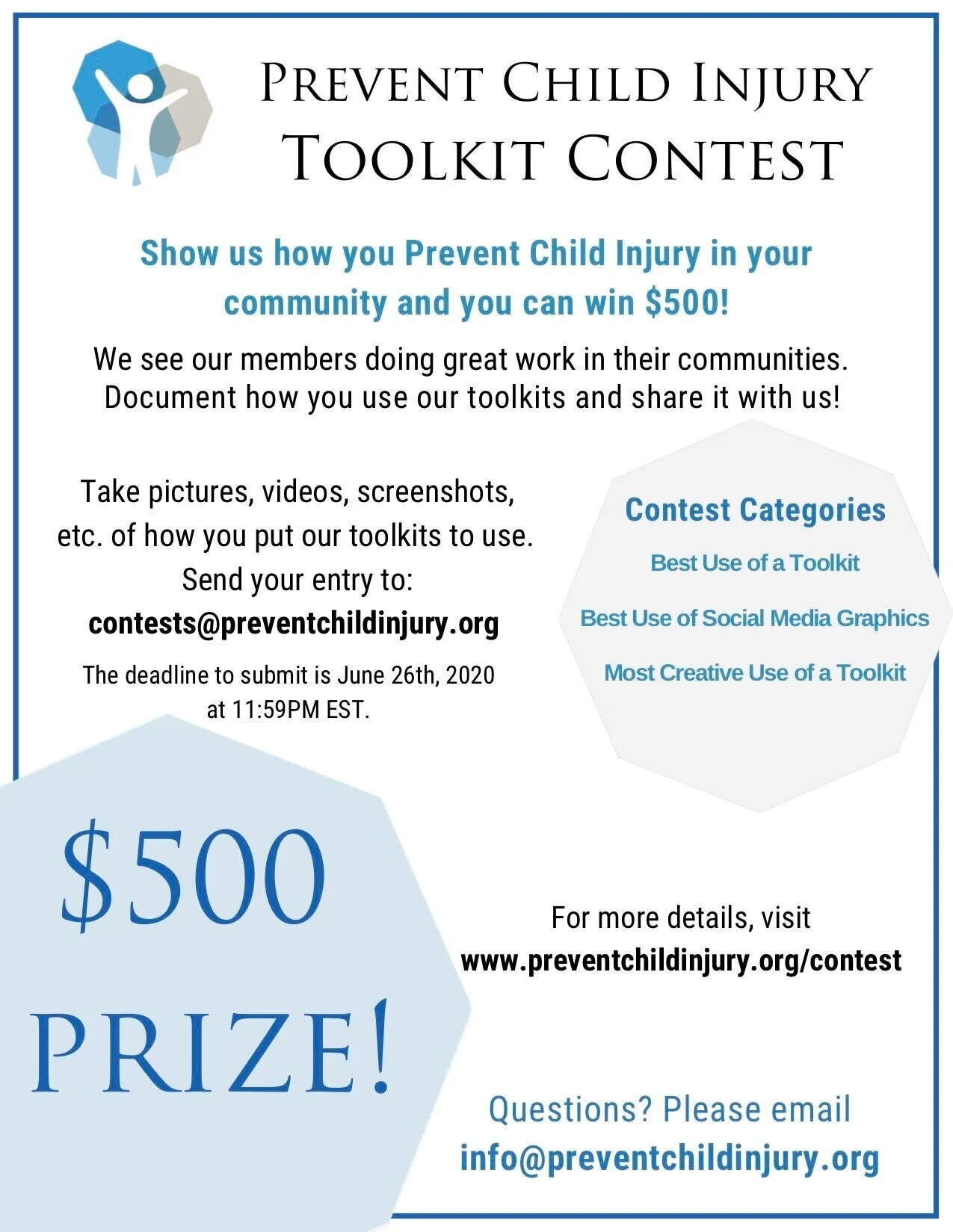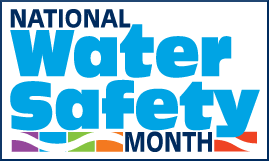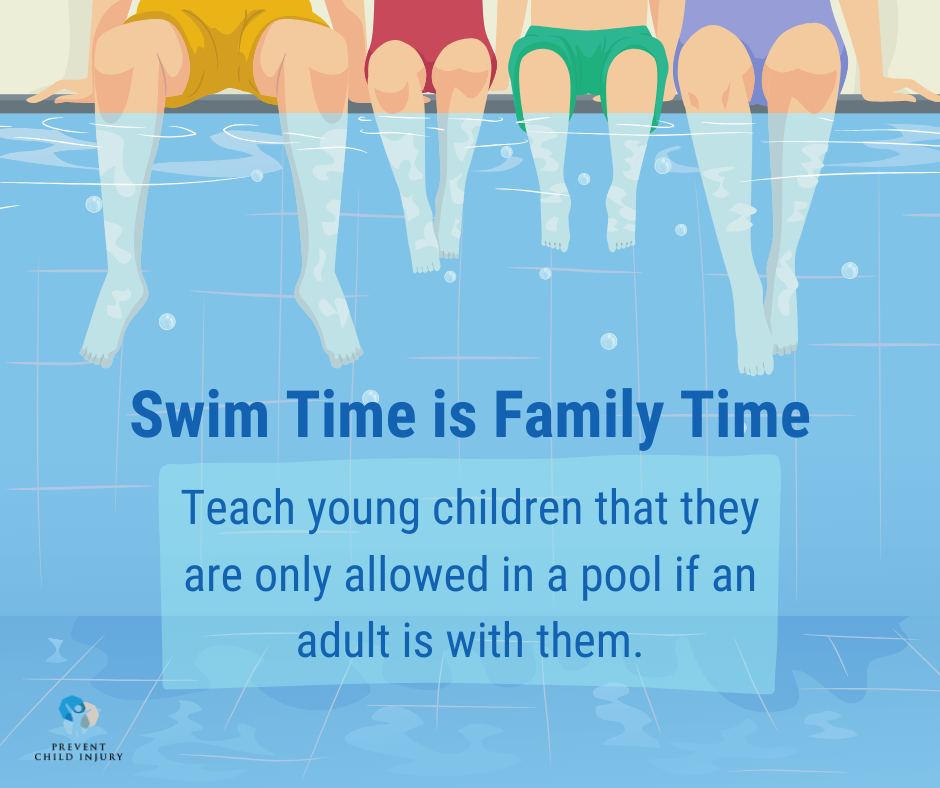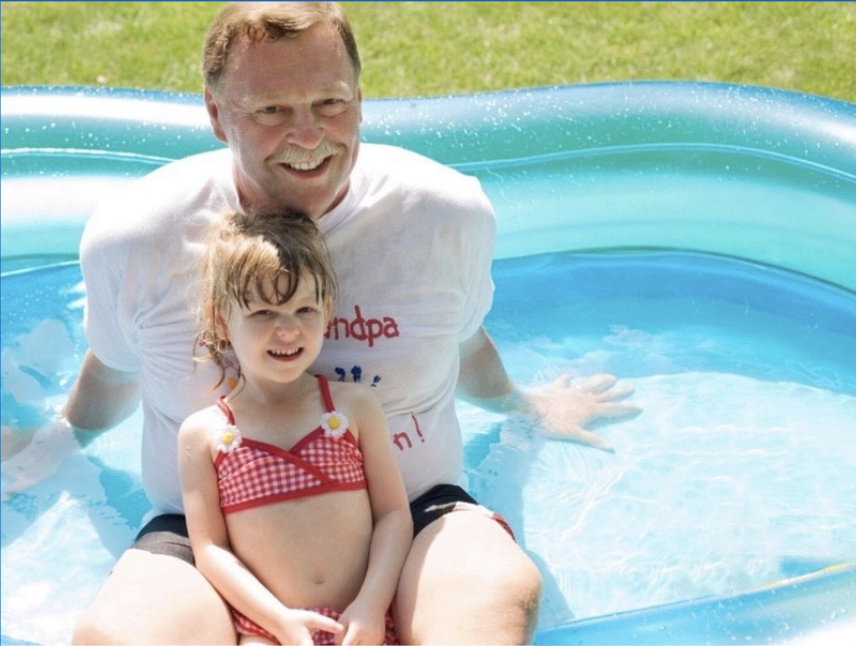September 2021: Grandparents' Day
/September 12th is National Grandparents' Day! Having grandchildren come to visit should be a fun and safe experience for all. However, child safety guidelines have changed in recent years. Grandparents might not know about these changes, and many guidelines are now different from when older adults raised their children. Help them get up-to-speed with the following points:
Sleep Safety
Share with grandparents the ABCs of safe sleep: Alone on their Back in a Crib.
Alone: Although many grandparents want to spend as much time with their grandchildren as possible, when it’s time to sleep, infants need to sleep alone. Use a crib, bassinet, or play yard without stuffed animals, crib bumpers, or loose bedding.
On Their Back: We now know it’s unsafe for babies to sleep on their stomachs. Whether napping or sleeping at night, lay babies on their backs for every sleep.
In a Crib: Check to make sure older cribs, bassinets, and play yards meet current safety standards (cribs made before 2011 likely do not meet standards). Search the SaferProducts.gov database to see if their baby products have reported safety issues.
Car Safety
When riding in a car, children must sit in a car or booster seat that is appropriate for their weight and height. Grandparents should know that this doesn’t just apply to babies and toddlers - booster seats are appropriate for some children up to 12 years old!
The Car Seat Checker Tool from Nationwide Children’s Hospital can help grandparents find the right type of seat for their grandchild.
Safe Kids Worldwide offers tips to install seats correctly and safely.
Grandparents can find their nearest inspection station to learn from a trained car seat technician how to correctly install their seat.
Helmets
Many cities and states now have bicycle helmet laws for children. Grandparents can make sure everyone in the family has the right helmet to wear every time they ride a bicycle, scooter, or other toys with wheels.
For more information on choosing the right helmet and knowing when to replace it, share these CDC fact sheets on bike and skateboard helmet safety.
Make Every Room Safe
Before grandchildren come to visit, it’s a good idea for grandparents to check each room and outside space for potential injury hazards.
Read this article from Healthy Children for child safety ideas.
Grandparents can use the Make Safe Happen mobile app to identify age-specific hazards in each room of their home.
Take Action
Every month, we promote a new action that each family can take to keep their children safer. This month, we want grandparents to check that medications are put away before guests arrive. Move medications out of children’s reach and sight, preferably to a locked cabinet, for a safer visit.
Follow along every month for a new action for you to share with the families you serve.
Coming Up
On Our Twitter Calendar
Aug. 30 – Sept. 5: National Preparedness Month
Sept. 6 - 12: Baby Safety Month
Sept. 13 - 19: Concussion Awareness
Sept. 20 - 26: National Farm Safety & Health Week; Child Passenger Safety Week
Sept. 27 - Oct. 3: Sports Eye Safety Month
Events
Webinar: Pediatric Farm-Related Injuries: Safeguarding Children Who Visit or Live on Farms
Hosted by: AgriSafe Network
Date/Time: September 22, 2021 from 2 - 3pm ET
Injuries are the most common cause of death for children and adolescents, and farms and ranches present many unique hazards to youth. During this presentation, augers, grain bins, gravity boxes, tractors, power take-offs (PTOs), manure pits, chemical exposures, animals, and gasoline-powered pressure sprayers will be discussed. The safety concerns and prevention strategies related to off-road vehicles (ORVs), like all-terrain vehicles (ATVs), utility task vehicles (UTVs), and recreational off-highway vehicles (ROVs), will be a featured segment of the presentation. A general overview of how the growth and development of youth affect the risk of injury and the role healthcare providers can assume to help prevent pediatric farm-related injuries will be discussed. Register for the webinar here.
Event: KID 2021 Best Friend Award Night
Hosted by: Kids In Danger
Date/Time: September 29, 2021 from 6 - 8pm CT
Join KID (Kids In Danger) on Wednesday, September 29, 2021, from 6-8 PM CT at the Gleacher Center in Chicago, or virtually from the comfort of your home, as they honor Dr. Erin Mannen of Boise State University for her incredible life-saving research on infant sleep products which has led to policy changes and has saved lives. Enjoy appetizers and drinks, learn more about KID's mission and hear from Dr. Mannen herself, and take part in an auction and raffle drawing. The entire event will be live-streamed and virtual attendees will also be able to take part in the auction and raffle. Learn more about the event and purchase tickets here.
Webinar: Surgeons, Guns & Prevention: Lessons Learned from the American College of Surgeons Member Survey
Hosted by: University of Colorado Firearm Injury Prevention Initiative
Date/Time: October 5, 2021 from 1 - 2pm MT
Trauma surgeons are experts in treating firearm injuries - but what is their role in preventing them? The American College of Surgeons (ACS) Committee on Trauma (COT) is leading efforts to address firearm injury as a medical and public health problem, not a political problem, with a commitment to collaboration, research, and attention to root causes of violence. This webinar will present newly published data from a survey on firearm storage practices of US members of the ACS. The presentation will highlight key research findings, along with a discussion of the approach that led to this study and implications for future research and programmatic activities. Register for the webinar here.
